Proper energy exploration efforts in tapping indigenous resources can help improve the prospects of South Asia development. This region, no doubt, has huge unexplored and untapped energy resources and our continued commitment to boost co-operation would help advance progress in South Asia.
The issues of energy involving oil and other resources are provoking global concern once again. The problem is not merely that crude oil has broken trough the barrier of 60 dollar a barrel and continues to set new high record, eliciting concern over economic growth around the world in the near future.
In fact, the prices of many natural resources are moving higher compared to the prices of industrial products, and while speculative forces have been helping to drive them up, they appear to be going through a major change that is structural in nature.
The rapid industrial developments in China are complicating the situation. Though China is the world's sixth-largest oil producer, its economy has been growing so rapidly that it has turned into a huge oil importer, and it is also rushing to line up imports of other natural resources. Giving importance to the issue the energy problem was discussed in depth at the first meeting of Saarc Energy Ministers hosted by Pakistan.
The world has now become a global village, national prosperity depends upon international and regional co-operation especially with close neighbours.
Common objectives, resource inter-dependence, economic complementaries and cultural affinities have led the nations to strengthen their links with regional partners.
In the next 15 years, South Asia energy demand will increase from 500 million tonnes of oil equivalent to 1,500 million tonnes of oil per year. Despite the best efforts to utilise renewable sources of energy, we will have to depend on conventional energy resources in the next decades.
It must be underlined that South Asia energy systems are constrained to meet the challenges of providing the required energy supplies for the current and anticipated high economic growth. Oil, gas and coal contribute more than 90 percent in primary energy supplies of South Asia.
The world is looking like an arena where a scramble for energy resources has begun. Countries like China and Japan enjoy an advantage in this game, since they can afford to pay higher prices to keep the resources flowing. But the countries like Pakistan, Bangladesh, Sri Lanka and Malaysia, which are without much ready cash, may find themselves shut out of the process of growth and development.
The energy import bill of Pakistan is shooting up along with rising oil prices. In spite of this the government aims at providing electricity to all to sustain energy equity. Large subsidies are paid by the government to address socio-economic exigencies. South Asia in general and Pakistan in particular are confronted with losses and inefficiencies in energy distribution and consumption system.
BR100
15,103
Increased By
140.9 (0.94%)
BR30
42,619
Increased By
540.8 (1.29%)
KSE100
148,196
Increased By
1704.8 (1.16%)
KSE30
45,271
Increased By
438.2 (0.98%)





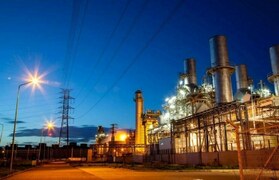



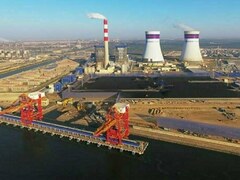





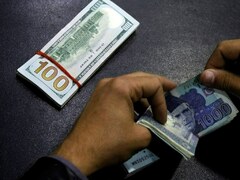

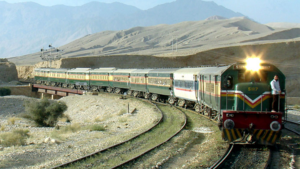


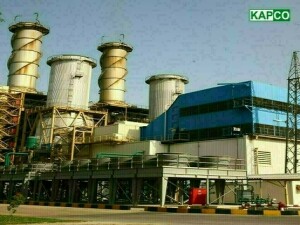

Comments
Comments are closed.